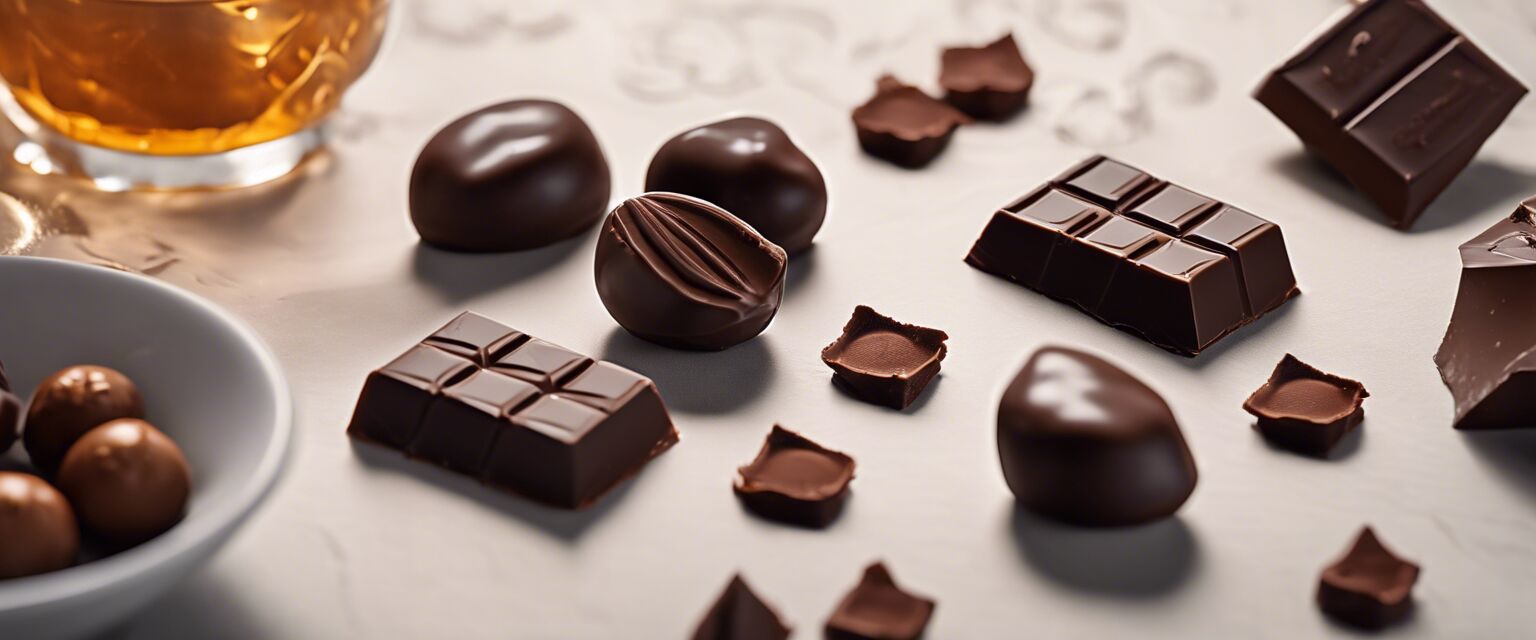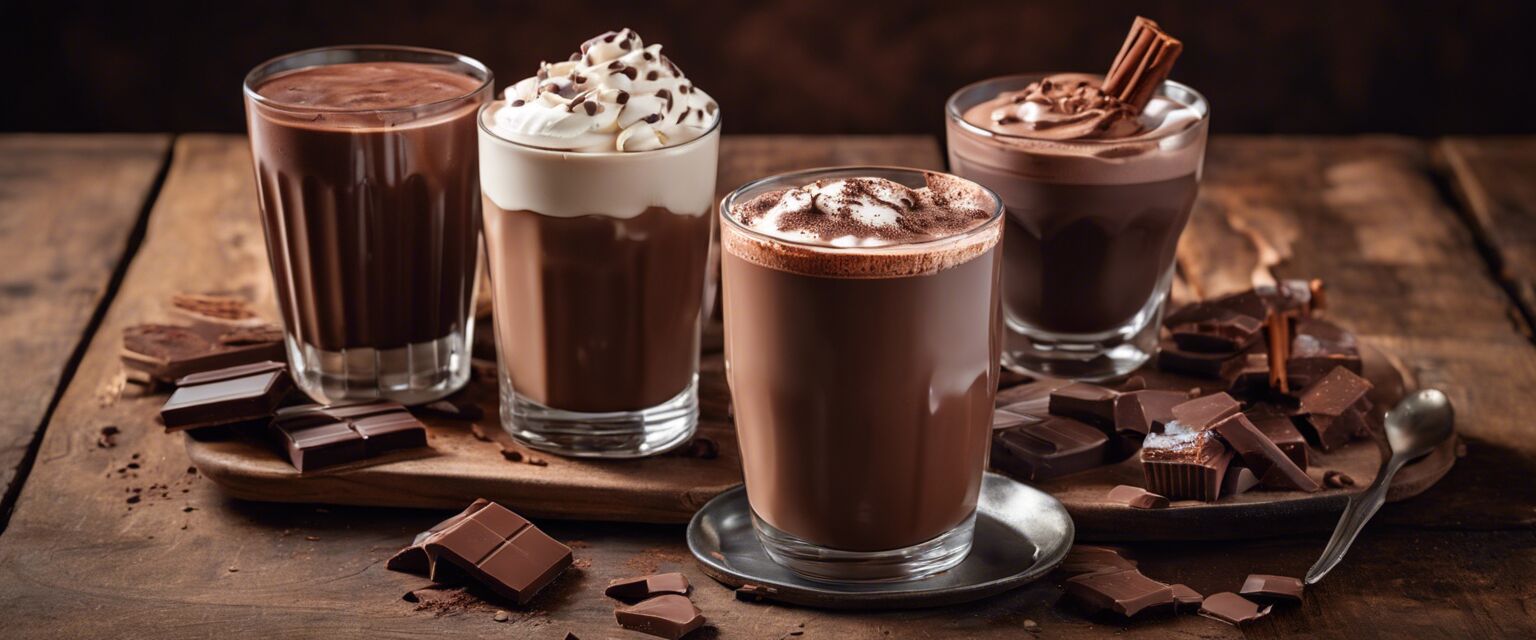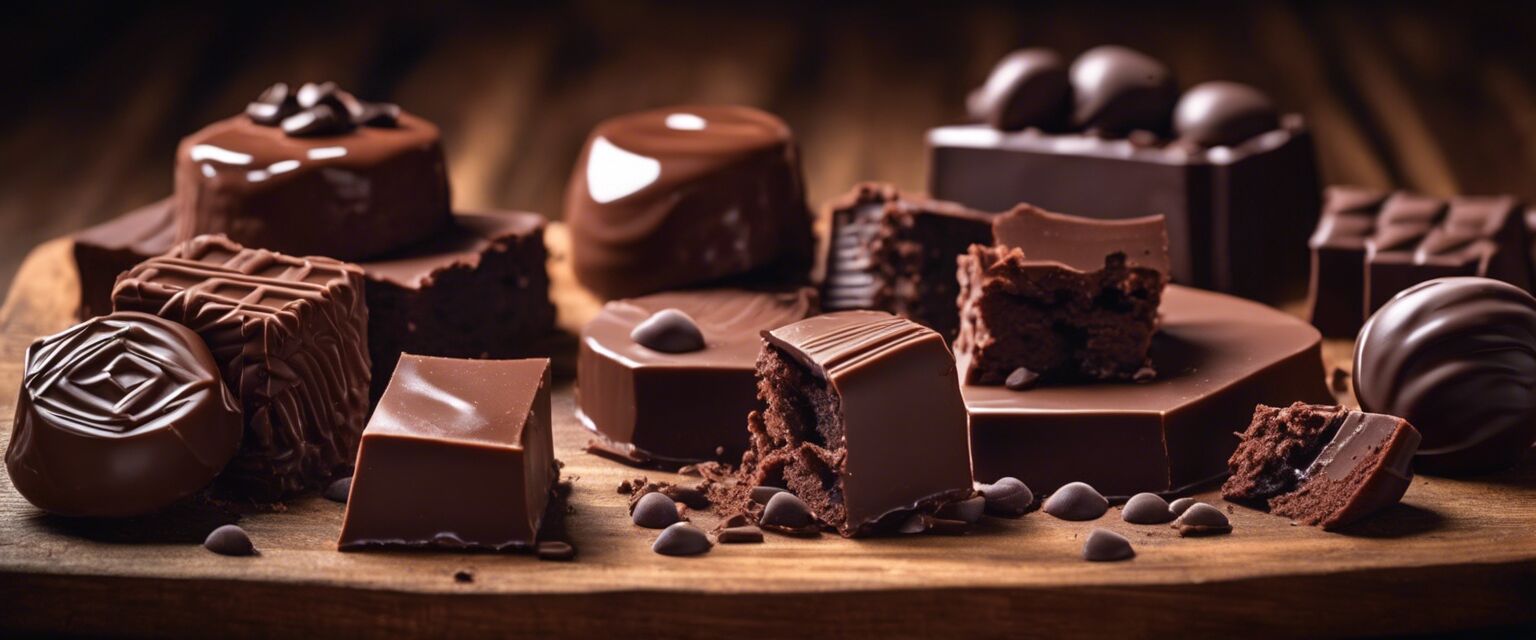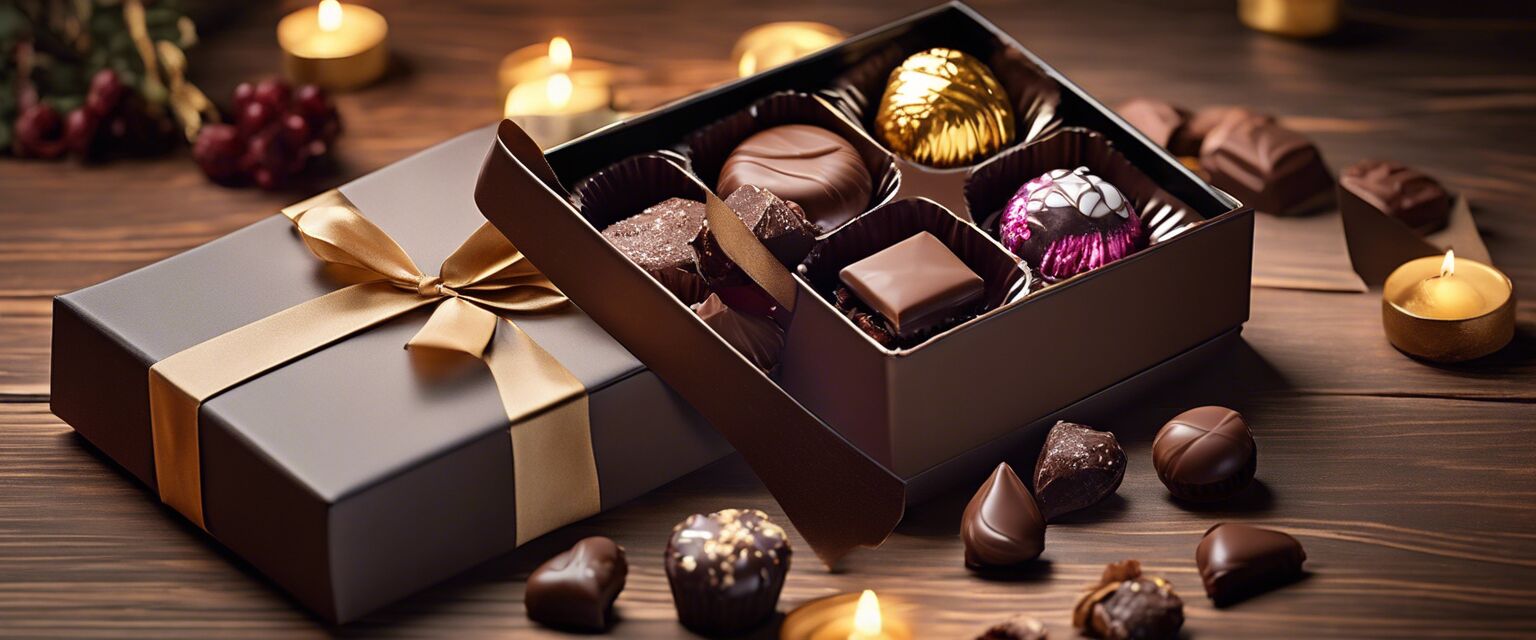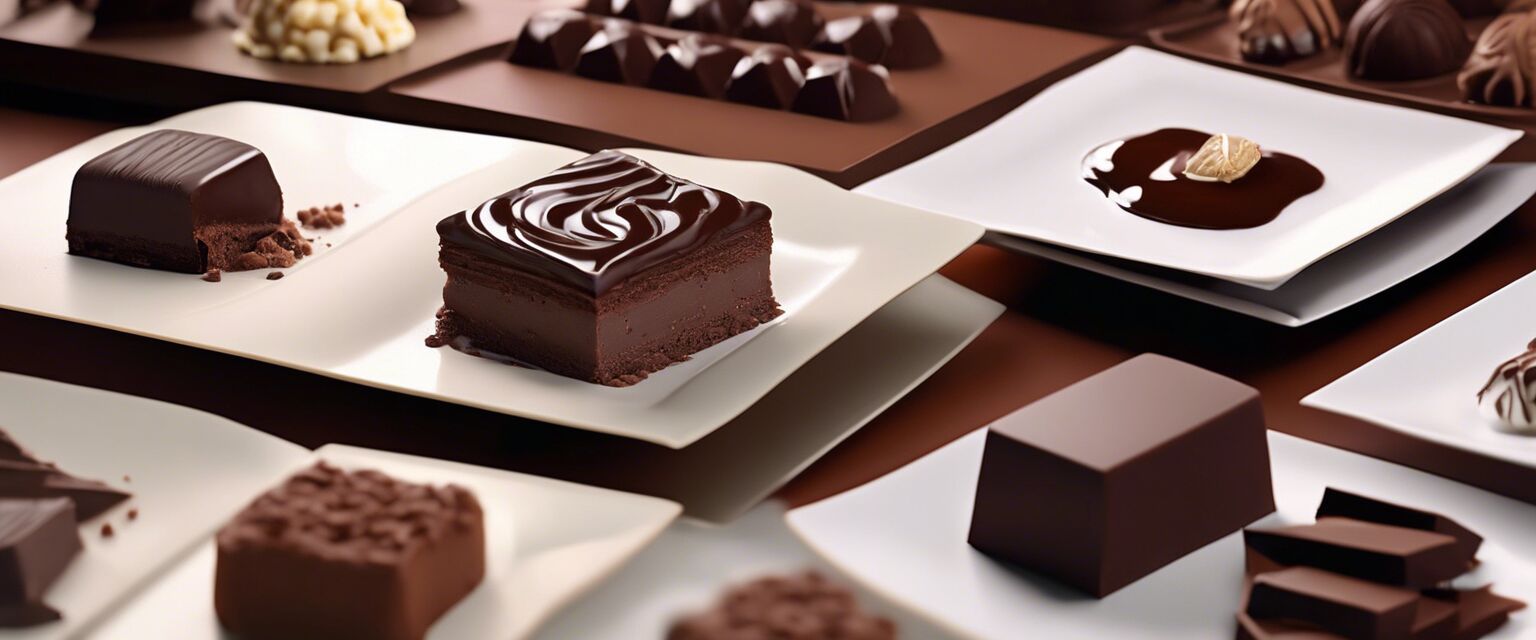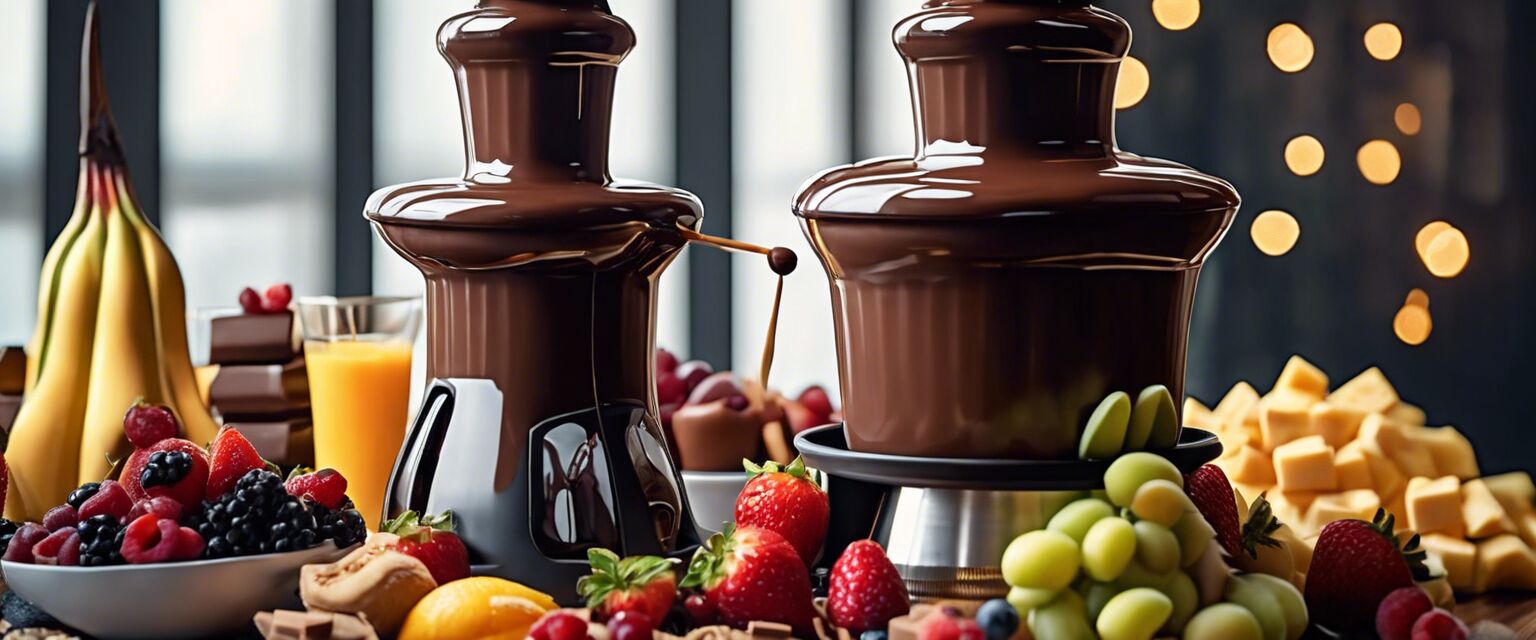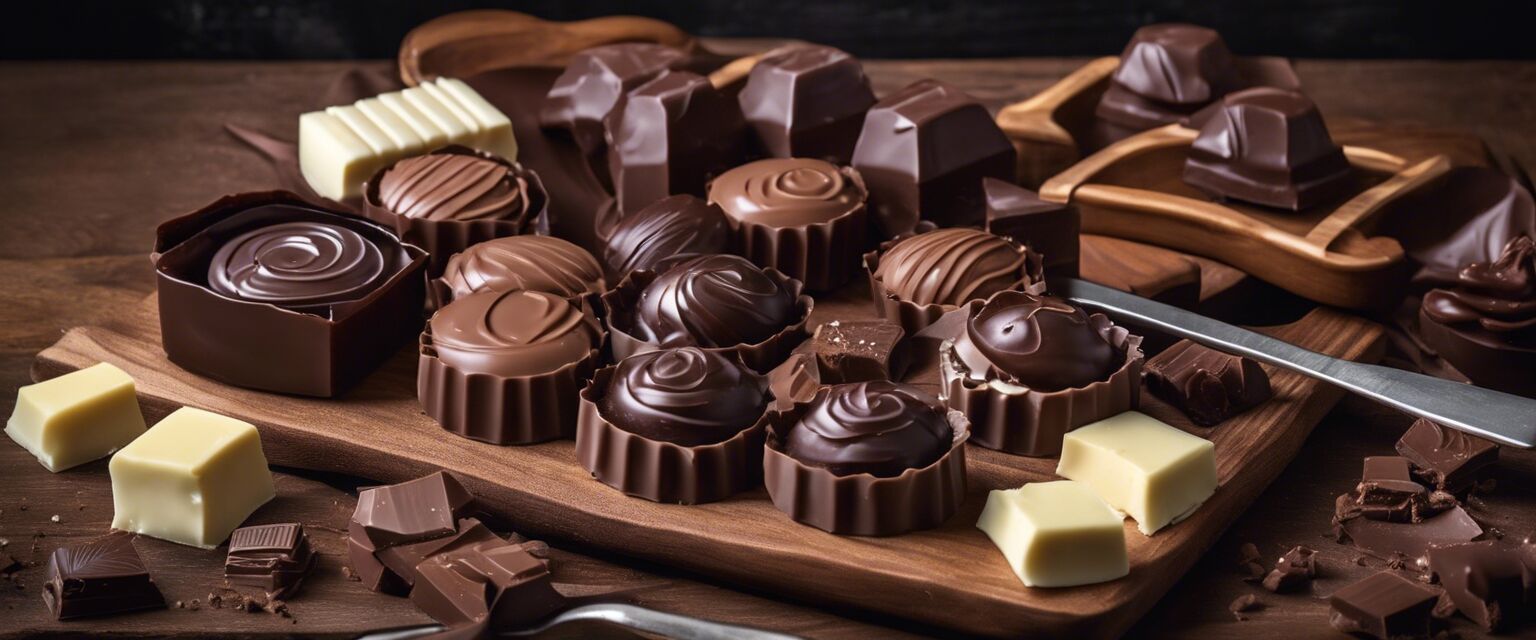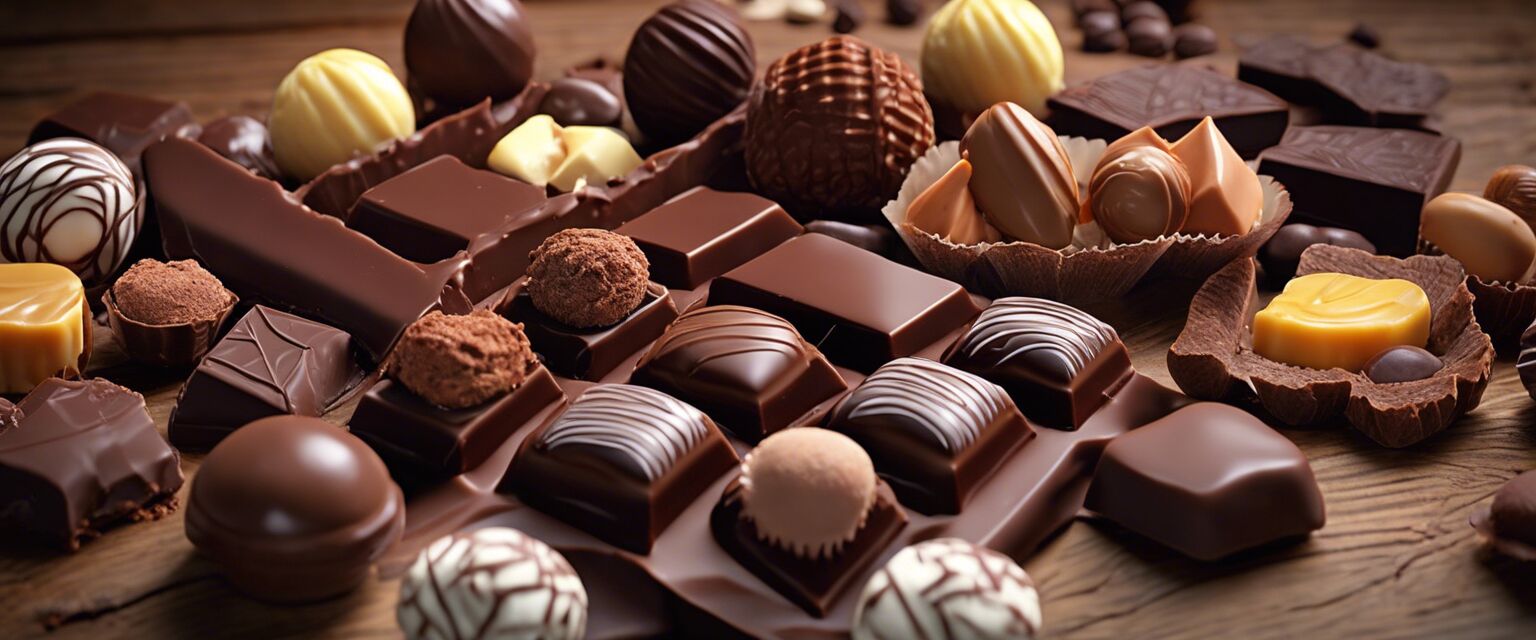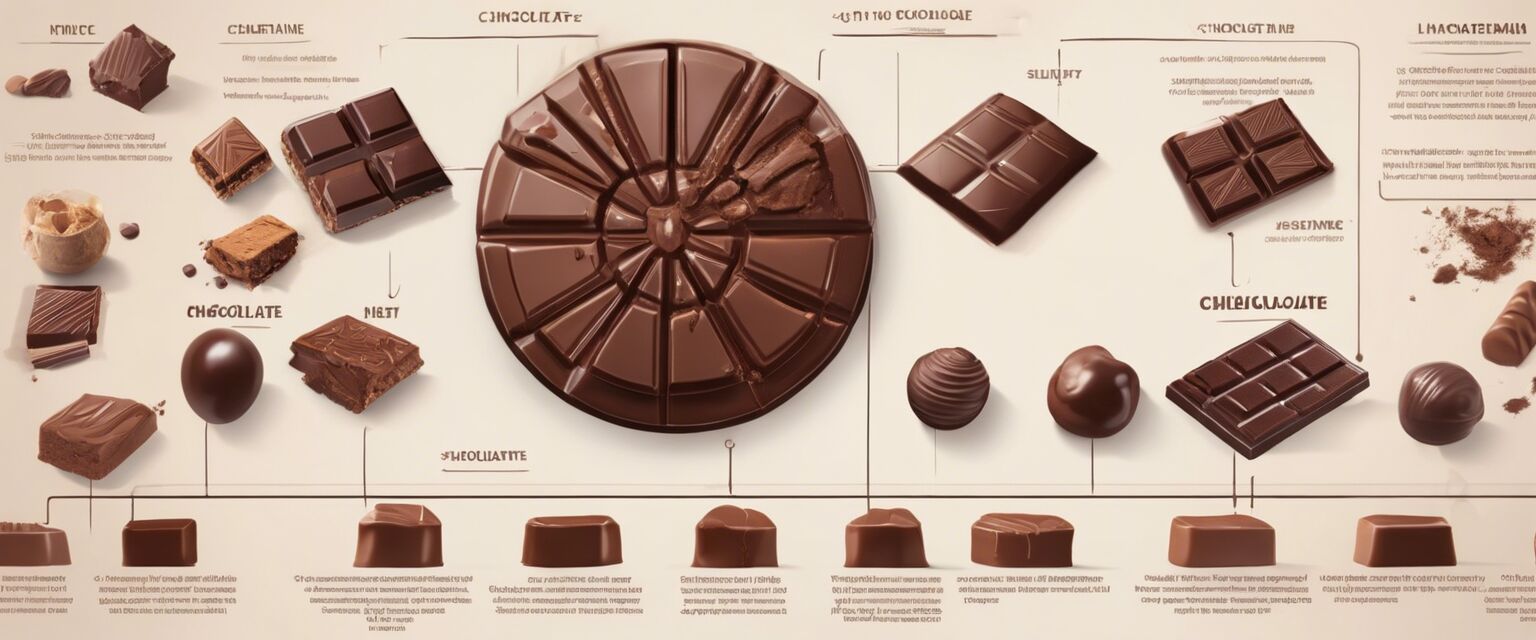
Chocolate History
Key Takeaways
- The history of chocolate dates back to ancient civilizations such as the Mayans and Aztecs.
- Chocolate was consumed in various forms, primarily as a bitter beverage.
- The introduction of sugar transformed chocolate into the sweet treat we love today.
- Chocolate has evolved over the centuries to become a global delicacy.
Chocolate has a deep-rooted history that takes us on a journey through time, showcasing its transformations from a bitter drink to the irresistible sweet we've come to adore. This article delves into the fascinating evolution of chocolate, exploring how it influenced cultures and societies across the globe.
Ancient Civilizations and the Birth of Chocolate
Chocolate's story begins in Mesoamerica, where the ancient civilizations of the Mayans and Aztecs cherished cacao beans. These beans were not only consumed but were also used as currency and in religious ceremonies.
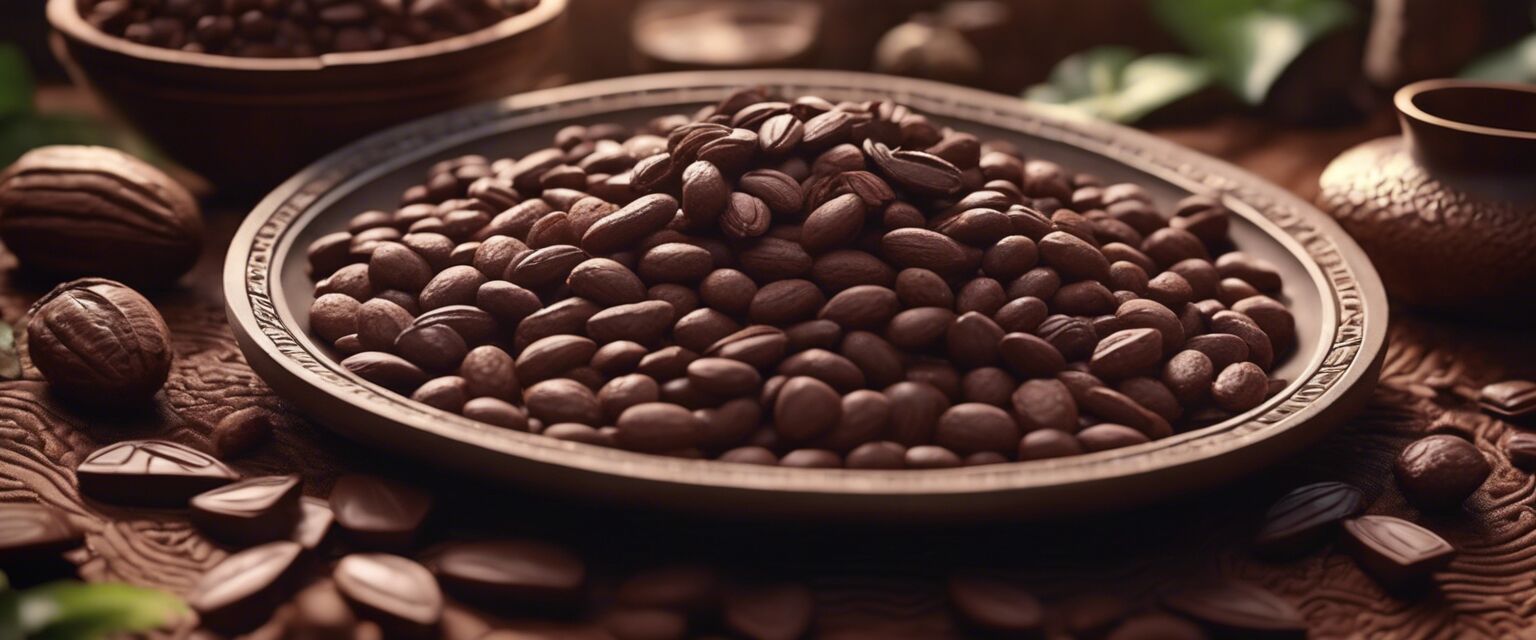
The Mayans
The Mayans were among the first to cultivate cacao plants. They created a frothy drink called "xocolÄtl," which was often flavored with spices and consumed during rituals and social gatherings.
The Aztecs
The Aztecs also valued chocolate highly, believing it to be a gift from the gods. They used cacao in ceremonies and as a rejuvenating drink for warriors, often adding vanilla and chili to enhance its flavor.
Chocolate's Journey to Europe
Chocolate made its way to Europe in the 16th century, thanks to Spanish explorers. The drinkâs popularity swiftly spread across the continent, albeit in a much sweeter form.
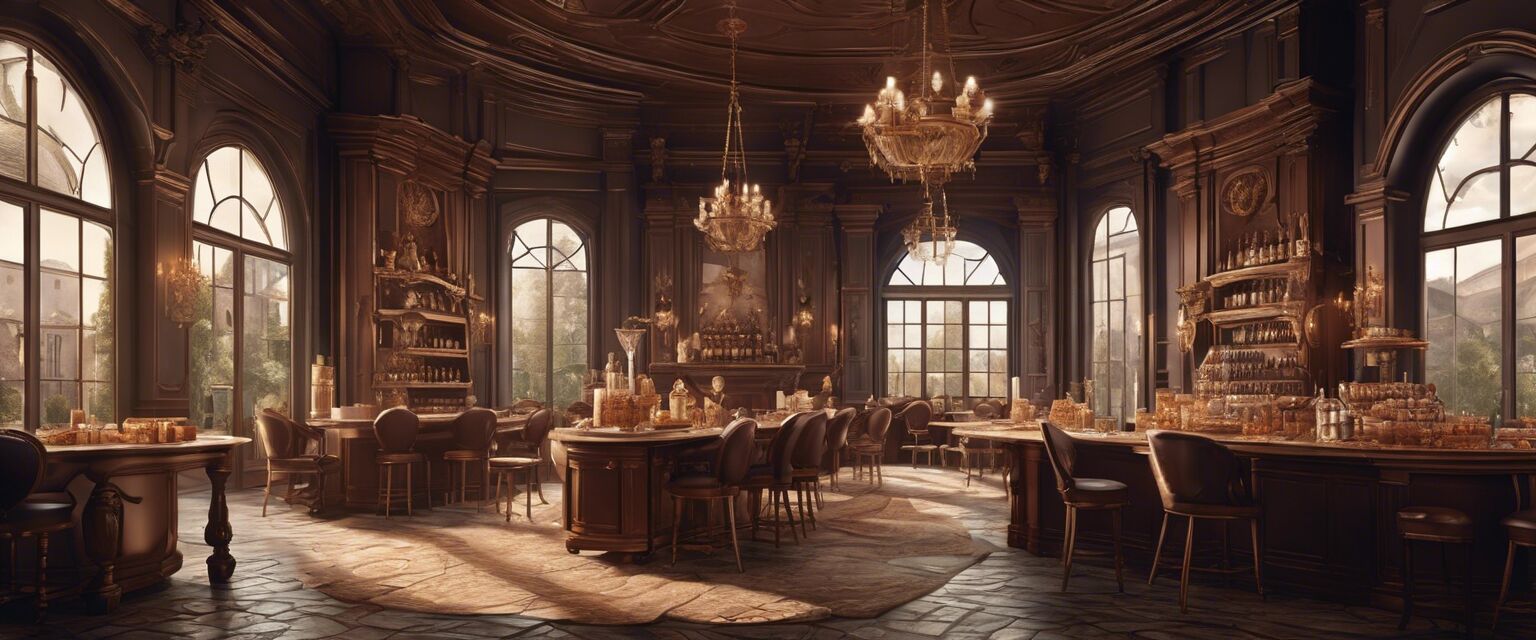
Sweetening the Bitter Drink
To cater to European tastes, sugar was introduced into the chocolate drink, making it more palatable. This sweetened version became an instant hit among the aristocracy.
The Rise of Chocolate Houses
By the 17th century, dedicated chocolate houses began popping up, serving various chocolate drinks and socializing spots for the fashionable elite.
Industrial Revolution and Mass Production
The Industrial Revolution in the 18th and 19th centuries marked a significant turning point for chocolate, allowing for its mass production and distribution.
| Year | Event |
|---|---|
| 1828 | Conrad van Houten invents a process to extract fat from cacao beans, leading to cocoa powder. |
| 1847 | Joseph Fry creates the first solid chocolate bar by mixing cocoa powder with sugar and cocoa butter. |
| 1875 | Daniel Peter and Henri Nestlé introduce milk chocolate after combining chocolate with condensed milk. |
Modern Chocolate Culture
Today, chocolate is a beloved confection enjoyed worldwide. It comes in many forms: bars, truffles, and drinks. The rise of artisanal chocolatiers has further evolved the chocolate experience, offering unique flavors and high-quality ingredients.
Tips for Exploring Chocolate
- Visit local chocolate shops to experience artisanal creations.
- Learn about the different types of chocolate: dark, milk, and white.
- Experiment with pairing chocolate with various flavors like fruit and spices.
The Future of Chocolate
As we move into the future, chocolate continues to adapt to consumer preferences, including more sustainable practices and ethical sourcing of cacao. Innovations such as plant-based chocolates and functional chocolates are transforming the way we enjoy this cherished treat.
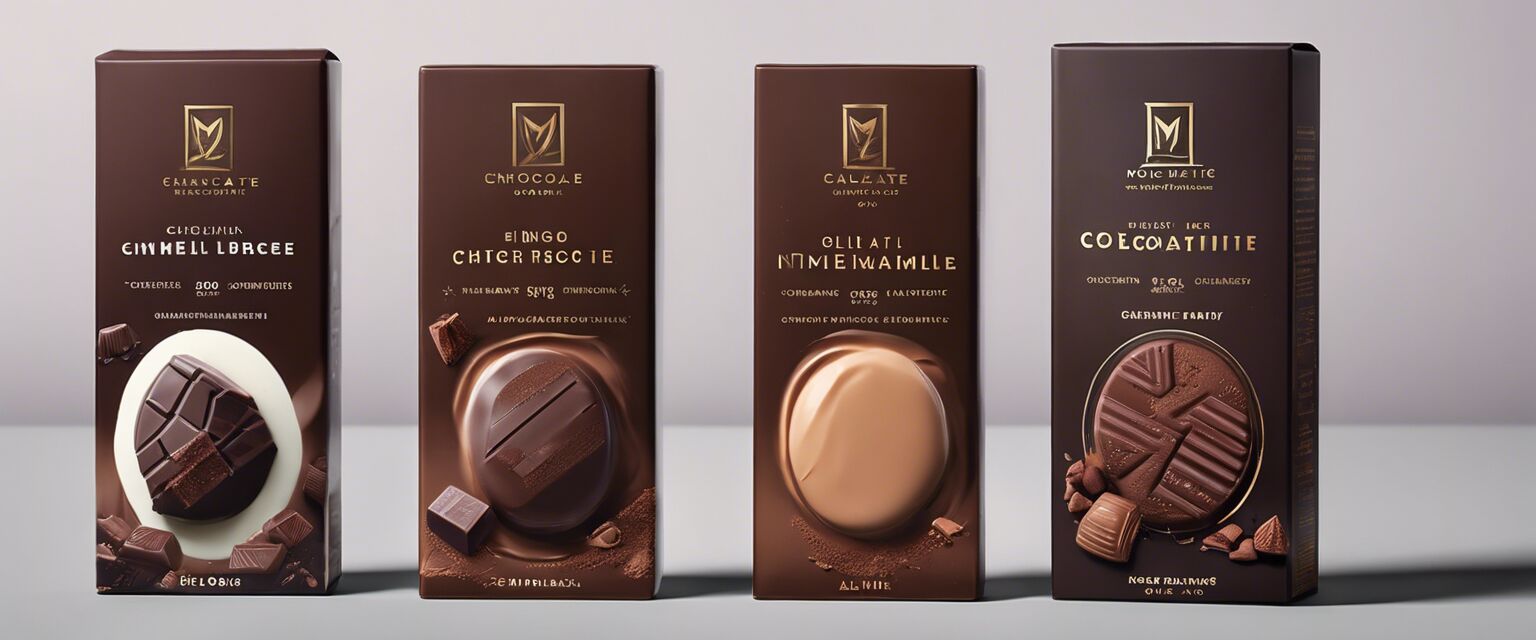
Ethical Sourcing
The modern consumer is increasingly concerned with how their food is sourced. Many brands now prioritize fair trade cacao and sustainable farming practices.
Innovative Flavors and Ingredients
As the chocolate market continues to expand, expect to see more inventive flavors and health-conscious options. This makes the future of chocolate an exciting space for both connoisseurs and casual consumers alike.
Pros
- Rich cultural history highlighting diverse traditions.
- Adaptation to modern tastes and preferences.
- Continued innovation in flavors and textures.
Cons
- Sustainability concerns due to cacao farming practices.
- Health issues linked to excessive consumption of sugary chocolates.
- Quality disparity between mass-produced and artisanal chocolates.
Conclusion
Chocolate's rich history is a testament to its enduring appeal. From its ancient beginnings in the Americas to its status as a global favorite today, chocolate continues to bring joy to people everywhere. Whether you're enjoying a classic bar or exploring innovative flavors, chocolate remains a symbol of indulgence and celebration.
Learn More About Chocolate
To dive deeper into specific chocolate topics, check out our related articles:
